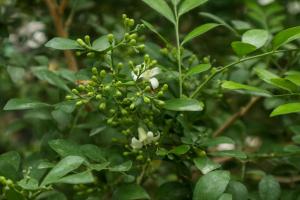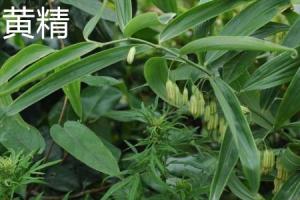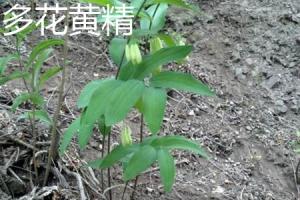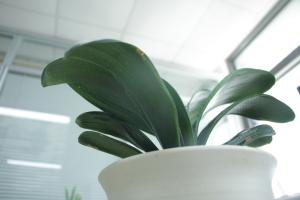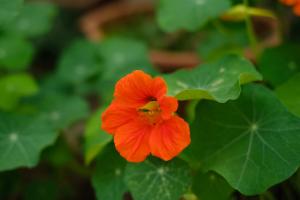1、 Curing method
1. Temperature: from its main distribution range, it likes warmth. Generally speaking, 15 to 25 degrees is more appropriate. It has a little cold resistance, but if it is in a very cold area, it may be frozen. In addition, regular ventilation is required in summer to avoid muggy
2. Light: Polygonatum multiflorum is a negative plant. It does not need too much sunshine, and it is afraid of strong light. Therefore, except in winter, other seasons need to be properly shaded when encountering strong light, otherwise its leaves will burn and affect its normal flowering

3. Watering: duohuahuangjing likes a humid environment. However, too much waterlogging will not work. Therefore, keep it slightly wet at ordinary times, and pay attention to drainage when there is ponding. In addition, you can't pour too much water in winter, which will affect the winter
4. Fertilization: Polygonatum multiflorum needs little fertilizer. Soil containing more nutrients can be selected. Then topdressing can be done once a month or two

2、 Breeding skills
1. Reproduction: seed reproduction can be used. Generally speaking, seeds should not be sown immediately after harvest. It is best to plant seeds after a period of sand storage treatment. Generally speaking, sowing in March of the second year after seed collection is more appropriate. When sowing, you need to control the distance and don't get too close. In addition, after sowing, we should pay attention to shading and ensuring humidity
2. Pruning: in the peak growing season, there may be some messy and dense branches and leaves. At this time, it's best to cut them sparsely. In addition, after flowering, it is best to cut off the remaining flowers that have opened, and it is best not to let them remain on the branches

3、 Diagnosis and treatment problems
1. Disease: one of the main diseases is "black spot". From the name of the disease can also be seen, it will cause some black spots on the plant, mainly in the leaves. From July to September, there are many, which can be prevented and controlled by Bordeaux, and waterlogging prevention and drainage can be carried out in time
2. Pests: there are "grubs" and so on. The application of fertilizer shall be minimized while spraying chemicals

4、 Other issues
1. Toxicity: Polygonatum multiflorum is non-toxic. It is a kind of medicinal material with good efficacy
2. Whether it can be raised at home: Generally speaking, it is not placed at home. It is not a special ornamental variety

 jackfruit
jackfruit snake plant
snake plant hibiscus
hibiscus hydrangea
hydrangea lavender
lavender Green roses climb al...
Green roses climb al... If you don't pay att...
If you don't pay att... Management of four g...
Management of four g...

